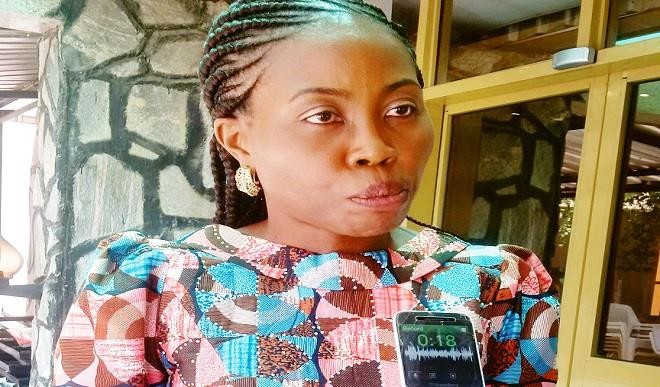Many schools lack concern for abused kids
What is SOAR all about? It is an NGO focused on preventing child sexual abuse and providing support for those who have been sexually abused. We are funded by the Justice for All Programme of the UK Department for International Development and the project involves working with 300 girls. We were able to sensitise over […]


What is SOAR all about?
It is an NGO focused on preventing child sexual abuse and providing support for those who have been sexually abused. We are funded by the Justice for All Programme of the UK Department for International Development and the project involves working with 300 girls. We were able to sensitise over 400 girls and 900 boys to break the silence on sexual abuse. Over 200 students from schools came out to talk about sexual related issues that they have not shared with anybody prior to our coming there. Now a further 51 of them disclosed sexual abuse in their past that they had suffered and eight of those cases are being prosecuted.
What motivated you to start this project?
I understand the pain that children go through after abuse. For eight years, I was sexually abused by an uncle who was living with us but because I was young and scared, I couldn’t seek for help. The first abuse started when I was four, I didn’t understand what my uncle was doing to me. I never said anything because talking about such things in the 70’s was considered taboo. You couldn’t talk about it with your mum. It went on for eight years and I couldn’t talk about it to anybody. I couldn’t do anything. By the time it did end, I was 13 years old and already messed up. I developed inferiority complex, low self esteem and suicidal tendencies. SOAR brings succour to sexually abused children and provide information to those who are not abused. We deal with those who have been abused so that they are not abused again. We teach them to know what to do, how to recognise it when it happens.
How is the project structured in schools?
We created safe spaces in each of the 11 schools that we work with, and girls clubs were established. We have trained these girls and empowered them, they can now work as peer educators to create awareness in their schools and help their fellow students break the silence. The VAC survey that was launched last year discovered that many children who are sexually abused will rather talk to a friend than an adult or a care giver. That informed our decision to train the students, knowing that when their friends tell them they’ve been abused they can empower them with the information they have received.
What is the next step from here?
My dream is to have a centre in the FCT where cases of sexual abuse of children can be reported and the child and their family can access justice from that centre, access support, and medical help that will be needed to make that child whole again. We believe that in the near future, we can have a shelter. Because we realised that there is a gap in carrying out this project, we have shelter where girls and children who are abused are kept but there is no shelter for pregnant girls who, as a result of the abuse, became pregnant. We had one or two cases where a girl became pregnant, of course, she is not advised to terminate the pregnancy but we had nowhere to shelter her. Such girls need to be removed from their abusive environment and provided with a safe space. I also see us reaching out to more schools and going into more communities. I am beginning to realise that a lot more is happening in the rural areas where girls have not been enlightened and lot of stigmatisation abound.
How would you reduce the menace of abuse among school children?
We developed three tools. The first is a tool for children. We call it a Peer Educators Handbook on Child Sexual Abuse to provide hands-on information for the children so that they can understand what sexual abuse is and educate their friends. The second tool is a training manual for teachers so that anybody that owns a school, private or public, can train their staff on how to respond to sexual abuses in their setting. Finally we realised that there is no protocol, no guideline on what should be done in the case of abuse. Individual teachers and principals decide whether or not to take up the matter, without realising that sexual abuse is a crime. We help them to understand that they become accessory to crime if they failed to report. What our guideline does is to provide a response mechanism, what you can look out for and know what to expect. So, we provide a step by step response on what to do, who next should handle what and whose responsibility it is when a case is brought forward. The book also provides information for outside of the school setting, what the responsibility of the police, social development secretariat and other agencies are. For example, we tell social development secretariat what its responsibility is when abused child is reported to it. It stipulates what everyone should do to support the child. We must remember that helping victim is not just about securing justice and bringing the perpetrator to book, but it also involves providing psycho-social support, trauma counseling, that the child needs to regain her ability to function as a useful member of the society.
